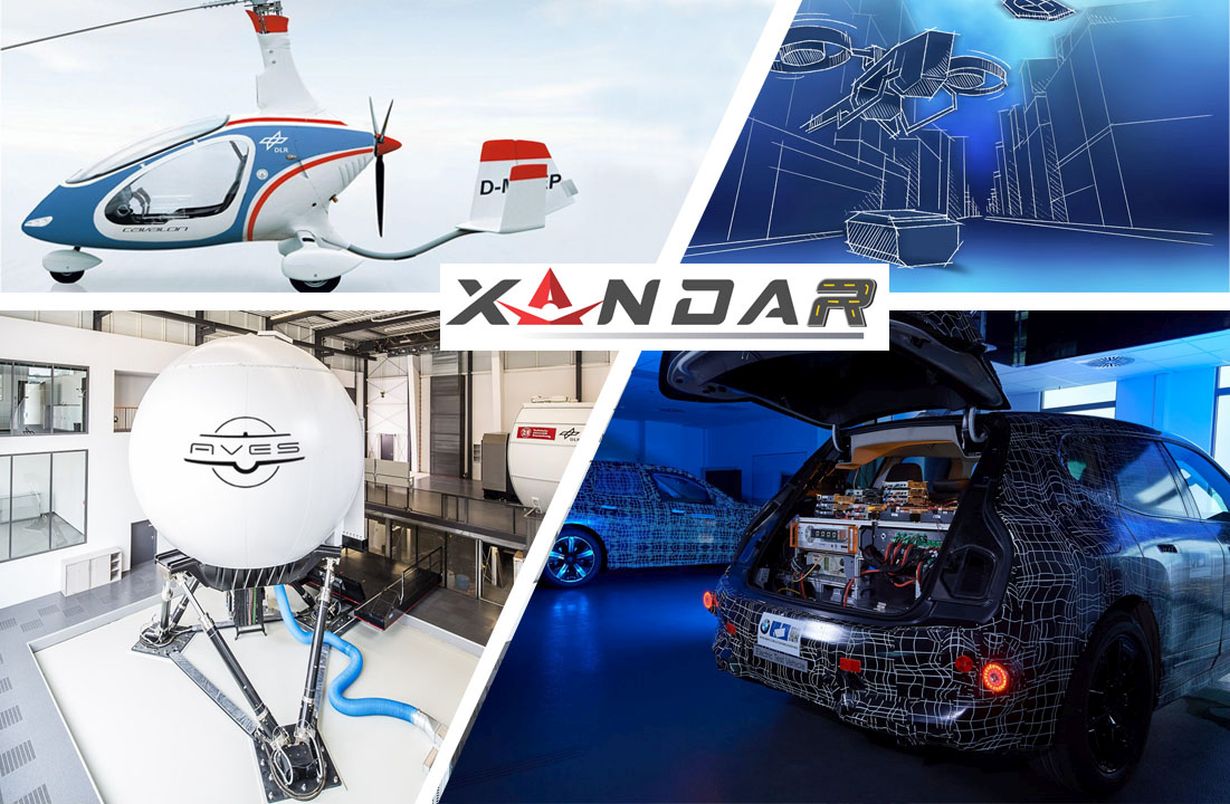Software and hardware of networked embedded systems have to meet highest requirements in terms of safety, security, real-time capability, energy and resource efficiency. Within the XANDAR project coordinated by Karlsruhe Institute of Technology (KIT), eight partners from science and industry will develop a complete toolchain for software development and hardware/software integration for complex applications on future processor platforms, e.g. in autonomous vehicles or future urban-air mobility concepts. The European Commission funds the project with a total of about EUR 5 million.
Most computers work invisibly – as embedded systems in many different applications, such as automobiles, industrial machines, medical apparatuses, and household appliances. Future development of networked embedded systems for complex applications will significantly depend on artificial intelligence and machine learning. The software will not only fulfill special functions, but also has to meet so-called non-functional requirements, such as safety, security, dependability, accuracy, real-time capability, energy and resource efficiency. Autonomous vehicles and drones, for instance, must be protected against breakdown and unauthorized interventions in order to prevent damage to humans, machines, and the environment.
Stepwise Refinement
“The parameters relevant to non-functional requirements must be specified early in the hardware/software design process and implemented consistently in further cross-layer system integration,” says Professor Jürgen Becker, Head of the Institute for Information Processing Technology (ITIV) at KIT. The scientist coordinates the new EU project XANDAR (X-by-Construction Design Framework for Engineering Autonomous & Distributed Real-time Embedded Software Systems). In XANDAR, researchers and industry developers will develop a mature toolchain to design software for networked embedded systems based on highly parallel hardware/software platforms with multi-core processors. These may be used in safety-critical automotive and avionics applications. For this purpose, XANDAR proposes the innovative approach “X-by-Construction.“ This method is a stepwise refinement process from specification to code, which not only generates the correct function automatically, but also considers non-functional requirements. “We will make available to system engineers and programmers a standardized toolchain to control automatized hardware/software integration according to all relevant criteria at early stages of the design process. With X-by-Construction, we will establish a new, integrated method to significantly improve quality, minimize risks, and reduce costs,” says Becker, who leads the “Embedded Electronic Systems” team of ITIV.
Eight Partners across Europe
XANDAR started in early 2021 and is scheduled for a duration of three years. The European Commission funds the project with a total of about EUR 5 million under its “Horizon 2020” framework programme. The project consortium consists of eight universities, research institutions, and companies across Europe. KIT coordinates the project. At ITIV, scientists develop the core of the toolchain, enabling the handling of non-functional requirements in all steps of the proposed flow, from model-based design to task parallelization, to the final code on the platform. Other partners are the University of Peloponnese, AVN Innovative Technology Solutions Limited, the Queen's University of Belfast, Vector Informatik GmbH, fentISS, BMW, and the German Aerospace Center (DLR). (or)
Being “The Research University in the Helmholtz Association”, KIT creates and imparts knowledge for the society and the environment. It is the objective to make significant contributions to the global challenges in the fields of energy, mobility, and information. For this, about 10,000 employees cooperate in a broad range of disciplines in natural sciences, engineering sciences, economics, and the humanities and social sciences. KIT prepares its 22,800 students for responsible tasks in society, industry, and science by offering research-based study programs. Innovation efforts at KIT build a bridge between important scientific findings and their application for the benefit of society, economic prosperity, and the preservation of our natural basis of life. KIT is one of the German universities of excellence.

